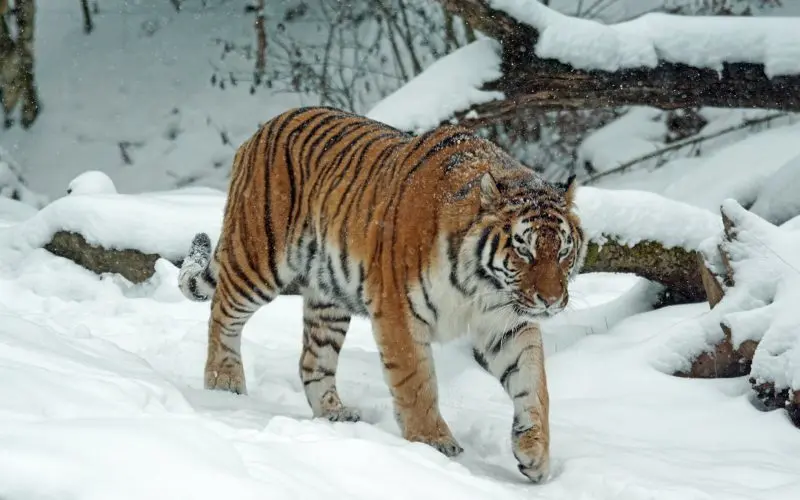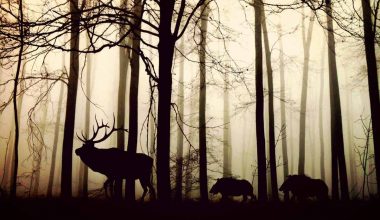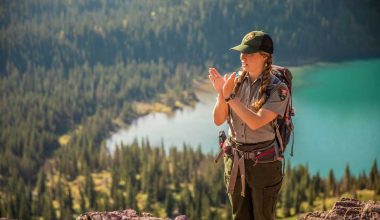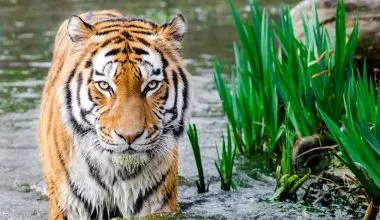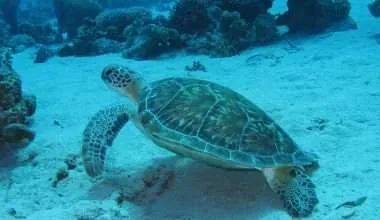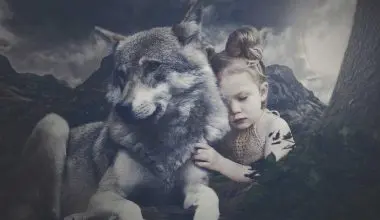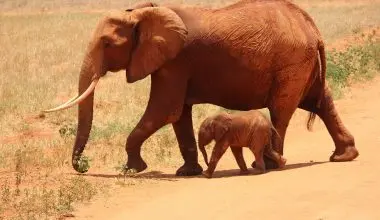Table of Contents Show
As the human population increases exponentially and because the illegal wildlife trade is so profitable; the demand for wildlife animals and their parts has increased phenomenally.
This has led to many animal species being endangered or threatened, ending up on IUCN endangered animals list. The value of illegal trade of wildlife animals is estimated to be around hundreds of millions of dollars.
In Africa, countless animals have lost their population numbers mainly due to poaching. It is estimated that Rhinos have lost around 97% of their population over the 20th century. Not only Rhinos, other species which I’ll tell you about ahead are also suffering from similar issues.
Did you know? In the past 50 years (1970-2020), species population has declined by more than 60 percent!
These species were very common to spot in Asia and Africa before, but as poaching has increased they are very rare to spot nowadays. However, the good news is that the coronavirus lockdowns have allowed these populations to recuperate and let nature heal itself before poaching starts once again.
What is Poaching?
Poaching includes Illegal hunting, capturing, and killing of wildlife animals. It involves not only the breaking laws regarding capture of wildlife, but also the kidnapping of such animals from protected conservation forests. For example; game reserves and national parks.
Many countries have realized and understood the impact of uncontrolled wildlife poaching and imposed regulations which include strict hunting restrictions, restrictions on trade, and bans on selected species.
Sadly, these restrictions have been so ineffective that a beautiful species like Asian tigers initially found all along the subcontinent, are now only found in less than 6% of that area.
Why do people hunt? Causes of Poaching
For a very long time, humans have been hunting down animals on the earth. Hunting used to be necessary for survival in forests and is an important part of medieval human culture. Animal parts have been used for medicine, food, and clothing. Few animals are considered to be sacred and some are part of different traditional cultures all around the world.
Sport trophy hunting is a common practice that occurs in many countries throughout the world. Many countries have imposed controls and limits on hunting wildlife. However, illegal hunting is still a practice in many places.
Initially in human history, hunting of animals was not really a problem because the population was relatively small and the wildlife population was abundant and they could easily recuperate the numbers lost.
Now, we have surpassed that relativity and the human population has grown exponentially while the wildlife population has gone the other way. Hence, many of the species are under threats of going extinct very soon.
With wildlife species becoming more rare to find, the demand for those species has skyrocketed . This drives higher prices for hunters who can manage to supply such wildlife creatures. Since this is a lucrative job for poachers, they are extremely interested in such opportunities.
Did you know? With the Coronavirus lockdown in place and reduced income from other sources, there is a chance that hunters have taken up poaching again!
The wildlife trade also happens within large international criminal networks. Many involved in trafficking of illegal drugs, people, arms and other terrorist activities.
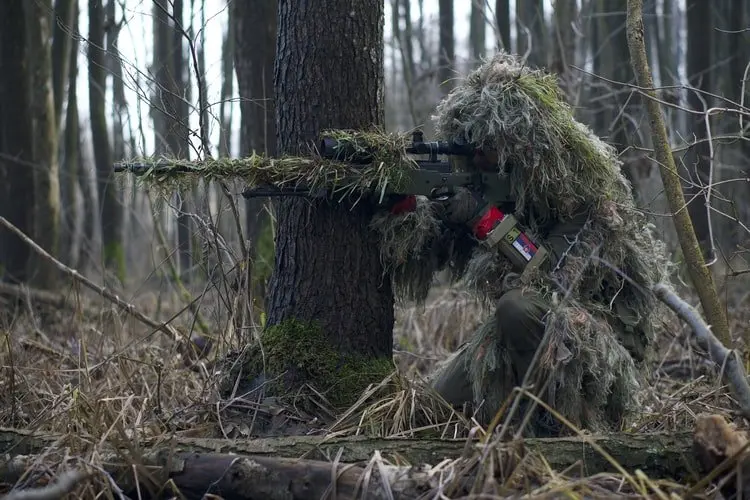
Where does poaching occur?
It’s very disturbing to hear but illegal poaching happens everywhere. During hunting season, rifles are prepared to practice poaching in most parts of the world. Most of the animals that are sold on the black market are poached from African and Asian countries. This is because it is easy for the poachers in African and Asian countries to get away with it and the range of wild animals is broad there.
The world is full of people who look for opportunities to take advantage of. The same is the case with the poachers. Most of the poachers are hired. It is very easy for people to find killers in the underdeveloped country as poverty and hunger make them desperate to work. More than half of the poaching is carried out in the country of Africa. To be more precise, Zimbabwe and Kenya.
How does poaching affect the Ecosystem? Effects of Poaching
Everything we interact with, living or nonliving, is attached to an ecosystem one way or another; and so is poaching. From the smallest possible microorganism to the largest organism, natural ecosystems are greatly endangered by poaching.
The natural ecosystem provides a lot of services to the ecosystem that can not be replicated by humans. Even if by any chance humans are able to replicate them, they won’t be providing it on a scale at which nature does.
Many wild animals are the main pillar (Keystone species) of the ecosystem, if they are absent from between the ecosystem could collapse, so will the earth as it would be very difficult for humans to survive otherwise. The main ecosystems affected by poaching include marine, freshwater, grassland, forest, desert, and cropland ecosystems.
Now you may wonder that some of these are not habitat to species poached nowadays, but the environmental footprint of these poachers goes a long way since there’s no rock they leave unturned to find the animals they need!
Many species carry zoonotic diseases in them which are deadly for humans. Diseases like SARS, HIV, Ebola or Brucellosis have been transmitted to humans from animals. The highly deadly pandemic of Coronavirus is a perfect example of this. Had we not meddled with nature so far, we may not have lost so many people from this world! This virus is deadly and its origin is thought to be zoonotic; from bats or Asian Pangolins.
This is what’s in the news as of writing this article, research on coronavirus is still underway.
Species affected or threatened by poaching
The few wildlife species which are threatened by poaching include (not limited to this list):
- Amur leopard,
- African elephant,
- Amur tiger,
- Black rhino,
- Bengal tiger,
- Hawksbill turtles,
- Green turtles,
- Indian elephants,
- Indo-chinese tiger,
- Javan rhino,
- Leatherback turtle,
- Orangutan,
- Malayan tiger,
- Sumatran tiger,
- Sumatran rhino,
- White rhino.
What happens if the poached animal is a keystone species?
Keystone species are considered to be very important for the entire ecosystem. The ecosystem would collapse if the keystone is somehow removed from it. They are the most important animals in the food web.
If keystone species are eliminated, they can not be replaced by another animal as they are in the middle of a food chain. They have a unique position in the ecosystem. Even though we know a lot about ecosystems and keystone species, there is still a lot that is yet to be discovered.
Keystone species help to sustain the natural balance of our ecosystems. Just a few examples of keystone species working for the betterment of the environment include the following:
Pangolins eat around 70 million insects that are harmful to humans in just a year!
Maybe one of those insects caused Coronavirus and they’ve been protecting us all along!
Elephants and rhinoceros consume leaves from low broad-leaf trees which help to characterize the forest’s ecosystem.
Gorillas are helpful in spreading the fruit seeds around the forests, improving overall biodiversity.
Tigers are very important as they keep their prey populations controlled and the whole food-web balanced!
What is being done to prevent poaching?
Organizations such as the World Wildlife Fund (WWF) are helping many countries to comply with international trade regulations by educating and assisting and also funding the enforcement of regulations and anti-poaching efforts.
The harvesting of animals becomes illegal from an area if that area or region is declared as a World Heritage Site. Many animals are given refuge by conservation forests because of them being critically endangered species.
However, many world heritage sites are also being targeted for illegal harvesting of animals! This is why WWF has argued with many governments to find an alternative solution and sustainable income sources that would benefit the people securing these heritages and also prevent poachers from being forced to hunt out of desperation.
WWF has been working with wildlife trade monitoring organizations which monitor animal traffic and other partners such as conservation communities, organizations, and governments to ensure animal protection worldwide.
They are even working to educate the public about our role for responsibly maintaining healthy wildlife population levels.
